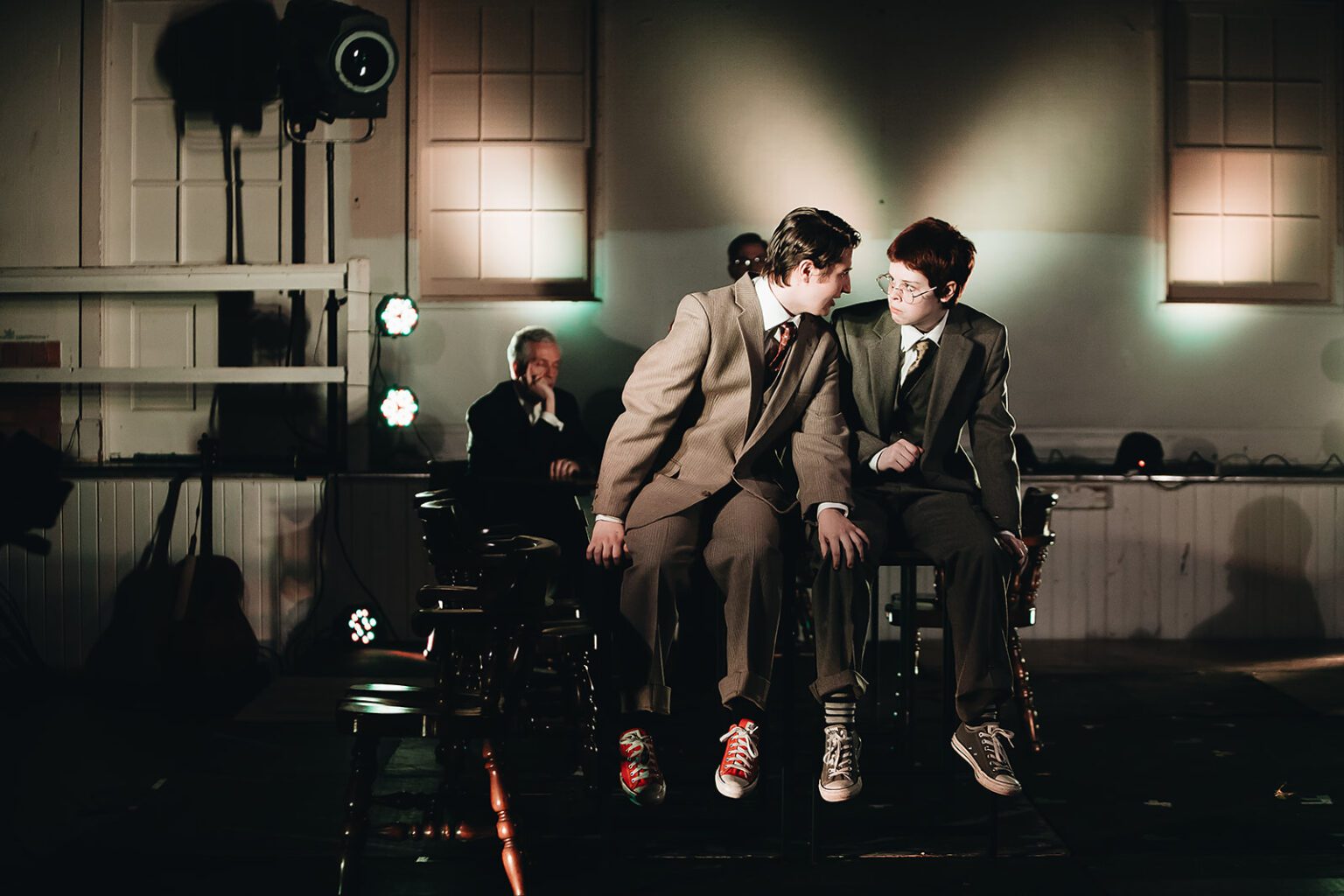Ordinarily, the closest you can get to world-class opera in Easton – or anywhere on the Eastern Shore – is taking in a Metropolitan Opera live simulcast Saturday matinee at the Avalon Theater. But on this Independence Day weekend, one of the hottest young American tenors will be in concert, solo at the Ebenezer Theater as part of the Gabriela Montero at Prager concert season.

Michael Fabiano
Michael Fabiano, sometimes referred to as the high-flying tenor superstar, is not just because he’s performed in leading roles at opera houses all over the world. In his free time, Fabiano chills by flying small aircraft in or around New York City, near his native Montclair, New Jersey.
Among the many classic arias he has performed in his more mature post-2016 career – Fabiano turned 41 in May – are from his debut with the Royal Danish Opera in Verdi’s “Requiem” and the title role of Faust with the Houston Grand Opera. He’s also performed several roles with the Metropolitan Opera, including Rodolfo in “La Boheme” and Alfredo in “La Traviata,” as well as his highly acclaimed interpretation of Lensky in Tchaikovsky’s “Eugene Onegin” at the Royal Opera Covent Garden.
These are among many pieces he may perform in his solo debut at the Ebenezer on Saturday night. Or he might polish up on the role of the Duke in Verdi’s “Rigoletto” from his 2018 Los Angeles Opera debut.
In a recent interview with Opera World, Fabiano reserved his highest praise for Verdi as, perhaps, his favorite composer. Responding to a recent review that called him a “True Verdi Tenor,” Fabiano said that Verdi’s operas are “medicine for the voice.” Speaking as if Verdiwas still alive and writing music, he added: “He’s a centralizing composer for a large-voiced tenor” – implicitly referring to himself.
Earlier in his career, Fabiano won both the prestigious Beverly Sills and Richard Tucker awards, the first singer to have achieved that double feat in the same year, 2014.
Pianist Bryan Wagorn will accompany Fabiano for the Easton recital. Gabriela Montero, a Venezuelan-born keyboardist, is the namesake host of the series.
***
Coming up later this month on the classical music calendar, The Birch Trio’s “Time Travels” will take you as far back as Haydn – with 100-plus symphonies to his credit as well as myriad chamber concertos – on up to contemporary composers James Cohn, Valerie Coleman and others, with a nod in between toward Romantic classical pieces.

The Birch Trio
The trio of music professionals – all residing on the Easton Shore – comprises Ashley Watkins on flute, Nevin Dawson on violin and viola, and Denise Nathanson on cello. Together, they’ll perform in concert on July 19 at the Dorchester Center for the Arts in Cambridge and on the 20th at Easton’s Christ Church.
TENOR MICHAEL FABIANO & A SHORE TRIO
Solo performance in the Gabriela Montero at Prager concert series, 7:30 p.m. Saturday, Ebenezer Theater of the Prager Family Center for the Arts, Easton. Piano accompaniment by Bryan Wagorn. bluepoint.hospitality.com
The Birch Trio, 7 p.m. Saturday, July 19, Dorchester Center for the Arts, Cambridge, and 4 p.m. Sunday, Christ Church, Easton. dorcchesterarts.org, eventbrite.com
Steve Parks is a retired New York arts critic now living in Easton.




 The National Music Festival opened its 13th annual season with a rousing full-house concert that may prove 13 is a fortunate number for the festival and for music connoisseurs in attendance Sunday evening at Washington College.
The National Music Festival opened its 13th annual season with a rousing full-house concert that may prove 13 is a fortunate number for the festival and for music connoisseurs in attendance Sunday evening at Washington College. In “Creation,” the saxophone takes the solo lead in what would be the first viola in a standard symphony orchestra, joined in the opening overture by a clarion-call of woodwinds. Moving on to the “chaos before creation” movement, drumbeat rumbles with a jungle-like undertone were dismissed by early critics as the wild dissonance of “backward peoples.” More traditional symphonic passages in a pastoral patch suggest the creation of trees and greenery, followed by jazz-infused flute, oboe and horn solos that welcome animals to planet Earth.
In “Creation,” the saxophone takes the solo lead in what would be the first viola in a standard symphony orchestra, joined in the opening overture by a clarion-call of woodwinds. Moving on to the “chaos before creation” movement, drumbeat rumbles with a jungle-like undertone were dismissed by early critics as the wild dissonance of “backward peoples.” More traditional symphonic passages in a pastoral patch suggest the creation of trees and greenery, followed by jazz-infused flute, oboe and horn solos that welcome animals to planet Earth.





